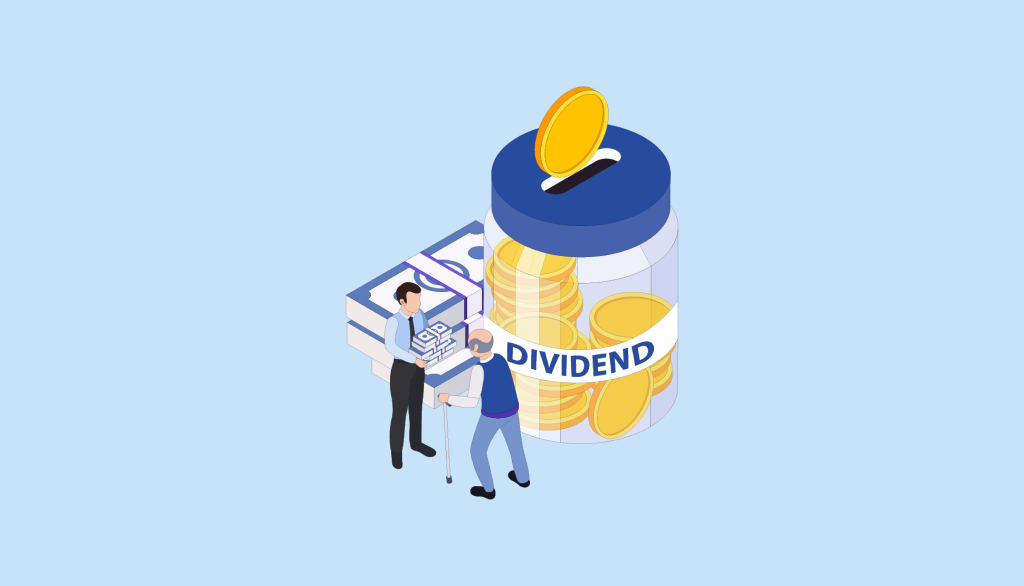
Not all companies pay dividends; typically, well-established companies with stable earnings are more likely to offer them as a way to return value to shareholders. In contrast, younger, growth-oriented companies might reinvest their profits into the business rather than pay dividends, aiming for long-term growth.
The decision to invest in dividend-paying stocks should align with an investor's financial goals and risk tolerance. Dividend-paying stocks can provide a steady income stream, which is particularly appealing to retirees and those seeking regular income from their investments. Additionally, dividends can offer a cushion against market volatility, as companies that consistently pay dividends are often more stable and less volatile than those that do not.
Reinvesting dividends is a powerful strategy to enhance an investor's portfolio growth through the magic of compounding. Instead of receiving dividend payments in cash, investors can choose to reinvest those dividends to purchase additional shares of the stock. This approach not only increases the number of shares owned over time but also the potential dividend earnings, creating a compounding effect that can significantly boost the value of an investment.
There are several ways to reinvest dividends. One common method is enrolling in a Dividend Reinvestment Plan (DRIP), which many companies offer. DRIPs allow shareholders to automatically reinvest their dividends in additional shares or fractions of shares at no or low cost, facilitating the compounding process. Alternatively, investors can manually reinvest dividends by purchasing shares through a brokerage account, giving them more control over the timing and allocation of their investments.
While reinvesting dividends can accelerate portfolio growth, it's important to maintain a diversified investment portfolio. Over-reliance on a single stock or sector can increase risk, as it exposes the investor to potential downturns specific to that investment. Balancing dividend-paying stocks with other investments across different sectors and asset classes can mitigate this risk and enhance long-term financial stability.
In conclusion, dividends represent a valuable component of investment returns, offering both income and the potential for portfolio growth through reinvestment. By understanding dividends and employing strategic reinvestment tactics, investors can take advantage of compounding to build wealth over time. Whether through enrolling in DRIPs or manually reinvesting dividends, the key is to remain focused on long-term goals, maintain a diversified portfolio, and continuously assess investment choices in light of changing market conditions and personal financial objectives.
Gianluca Bautista
It was a great find in this problem, thanks for sharing it with your readers.
Lily-Mai Davies
I've learned so much from this post, you're a great storyteller.